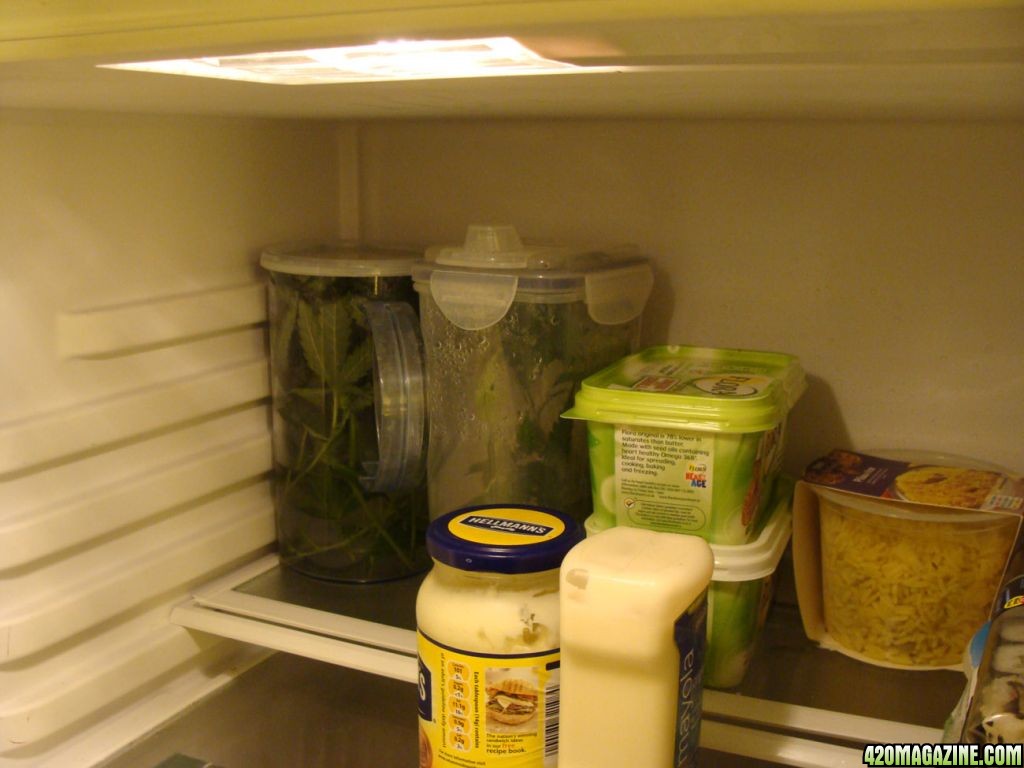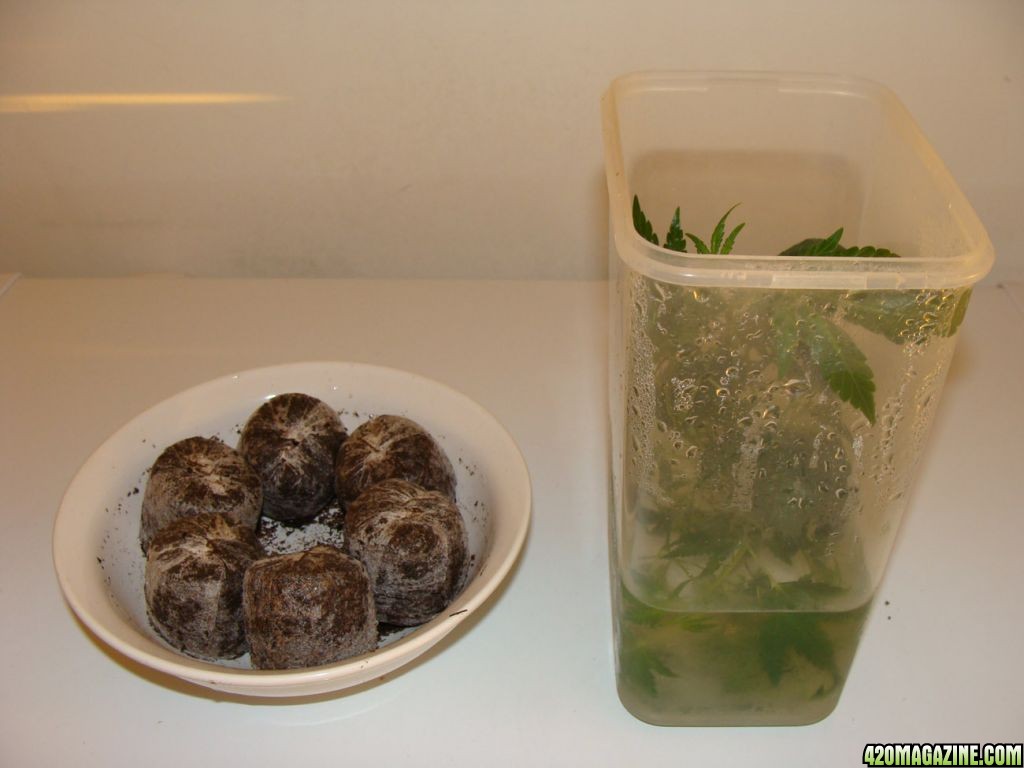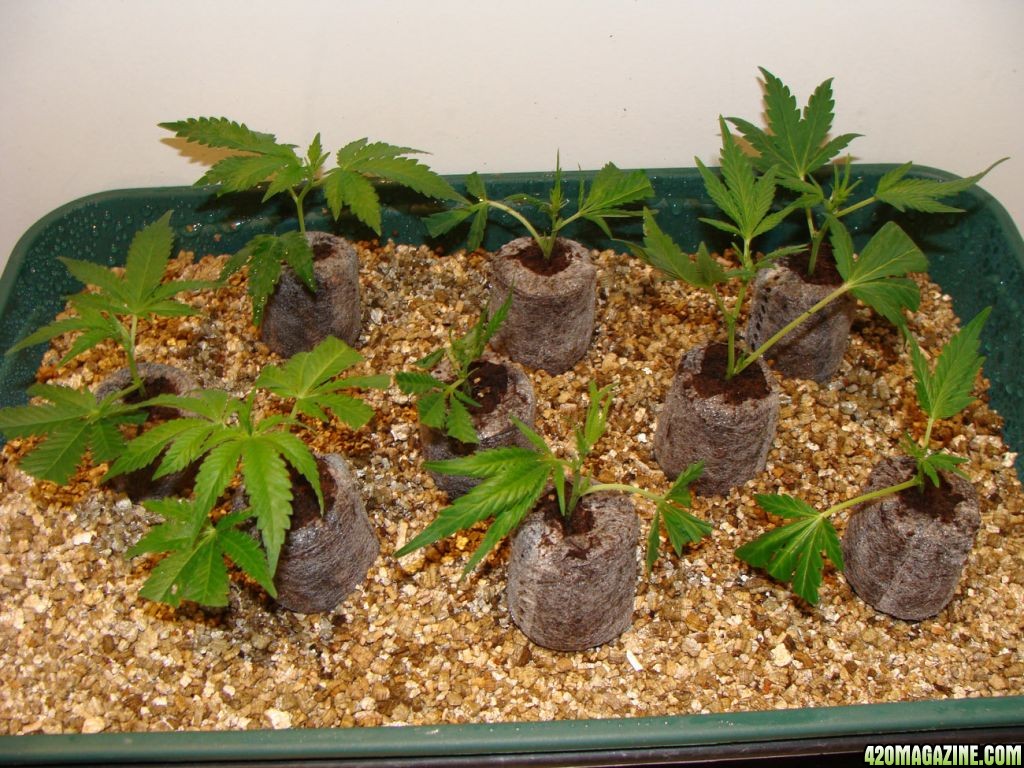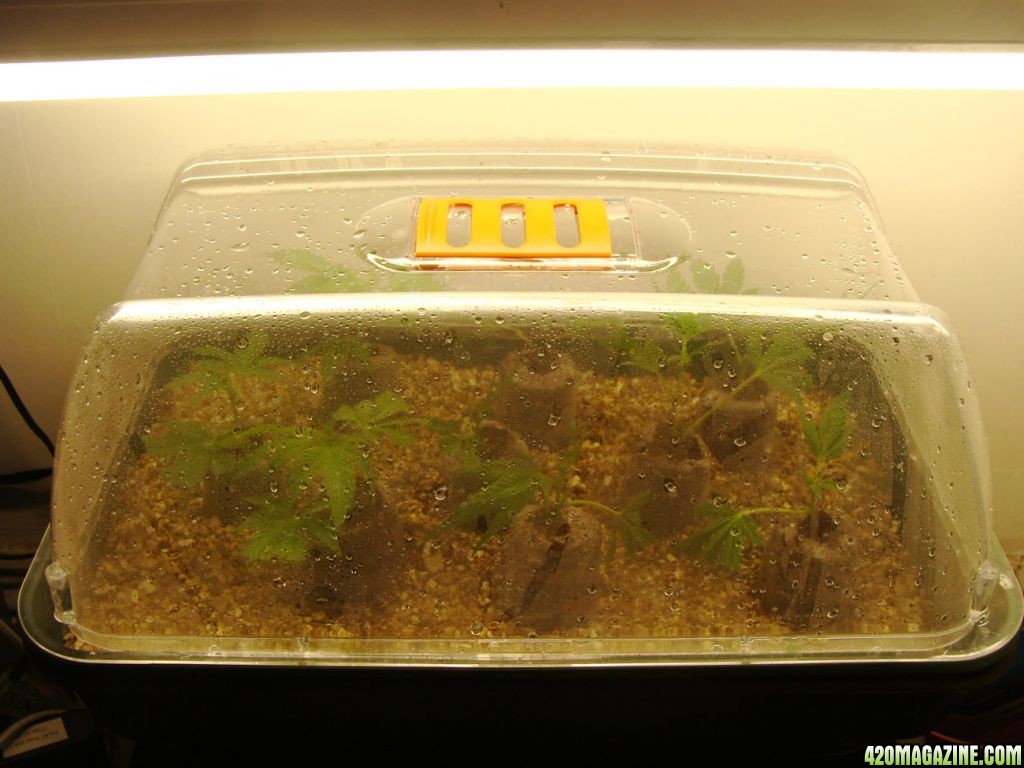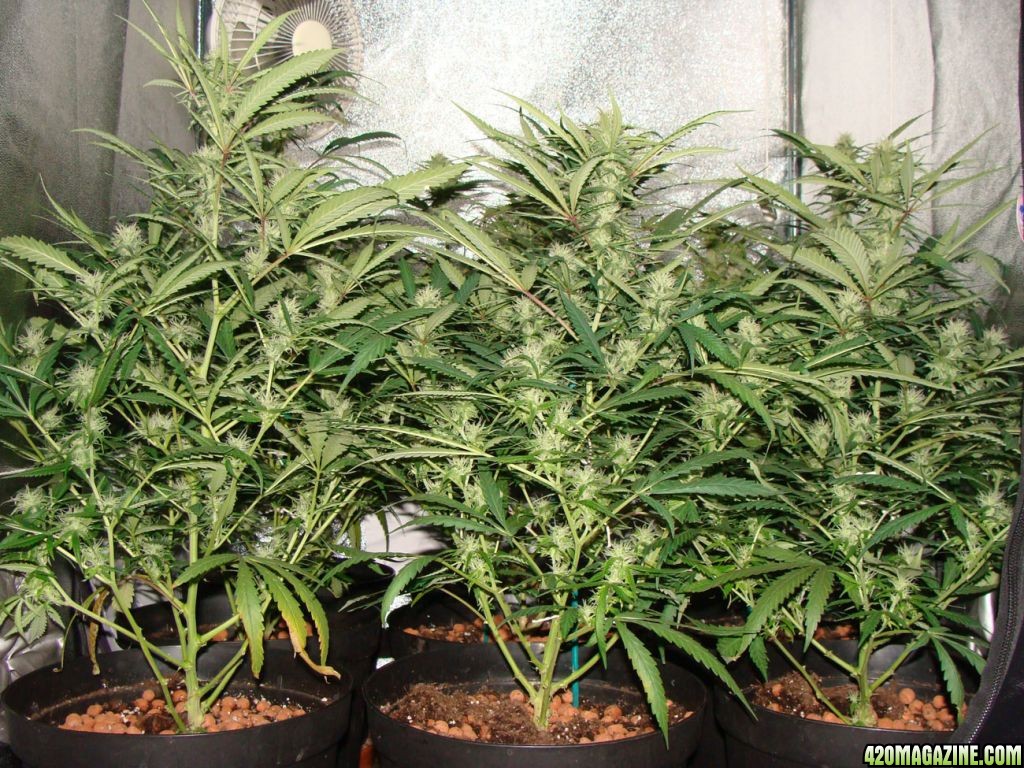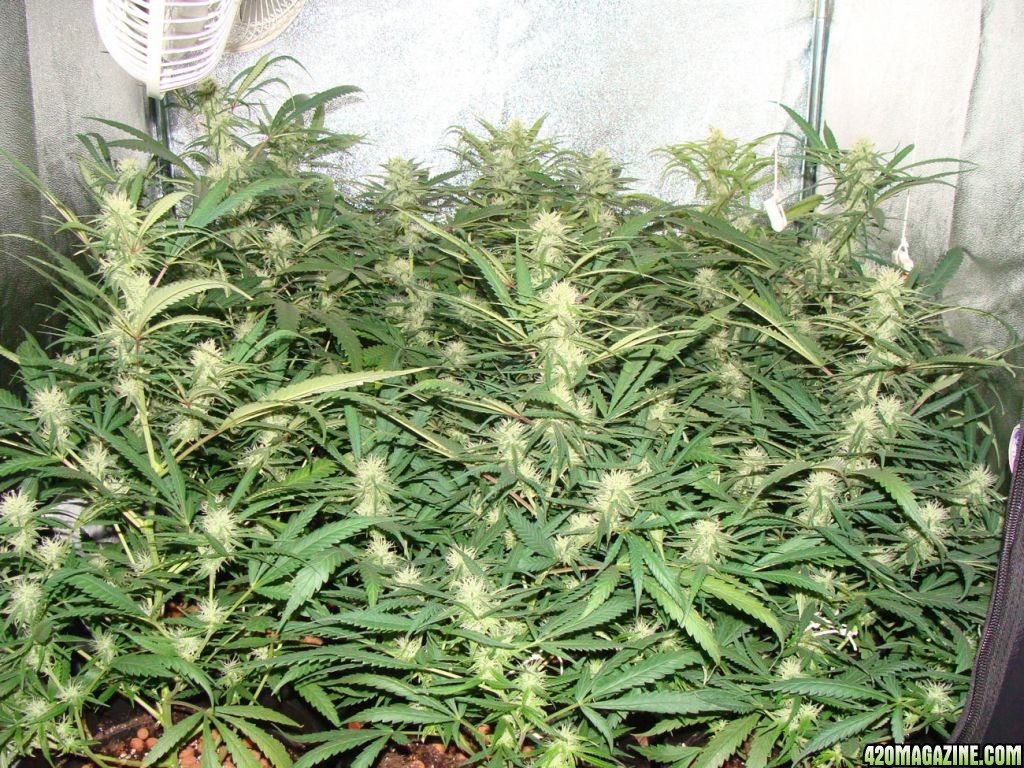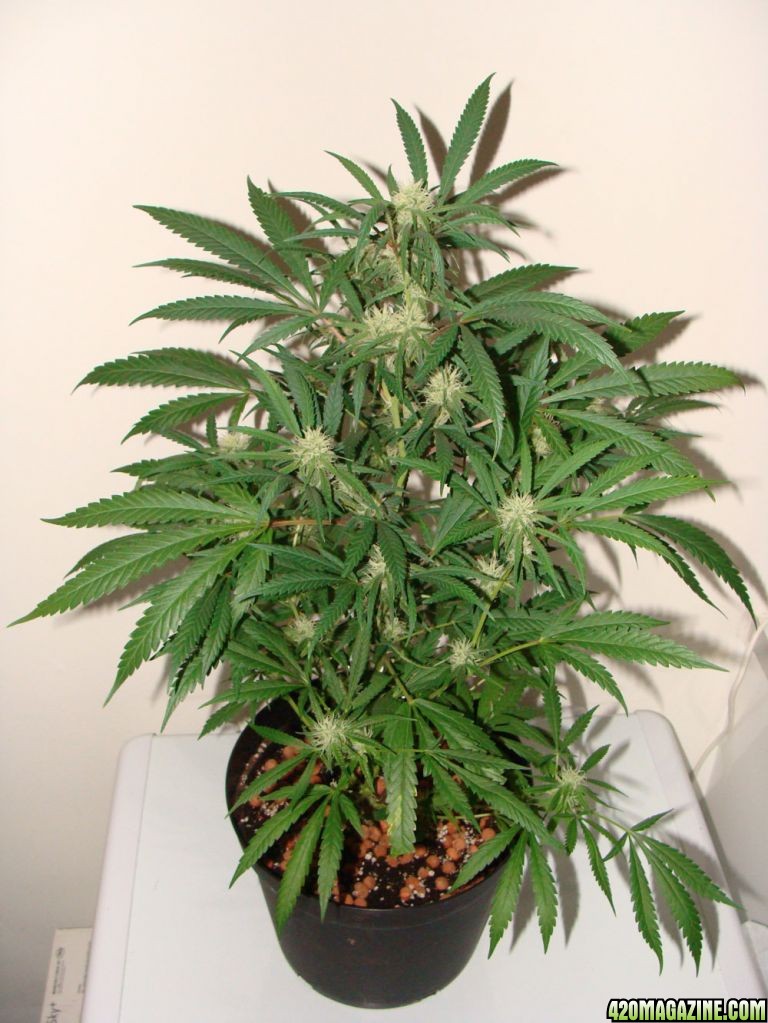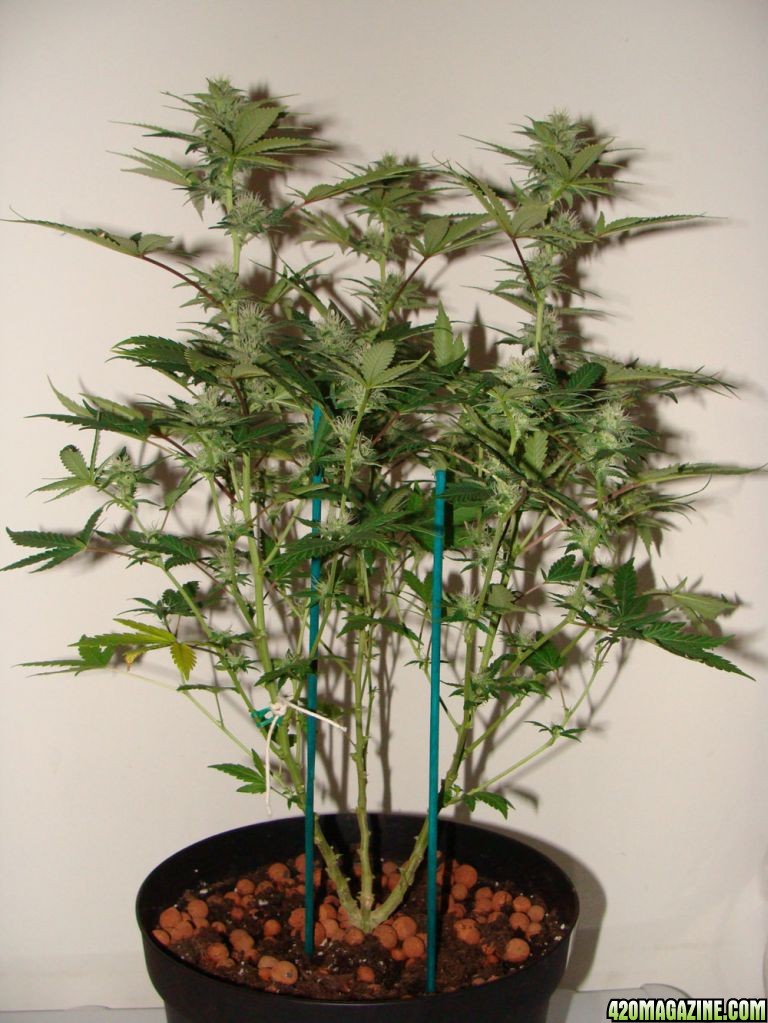- Thread starter
- #41
hello tbd, very nice, i like simple because simple is.......well simple.
great job tbd,
rnwy29erclr
Welcome to my journal rnwy29erclr and thanx for the kind words..

Thnak thatboydean, I do like looking at all the different strains etc very cool. so much choice nowadays, when I were a young 20 year old whippersnapper there seemed to be about 3 choices.
If its skunk based of course you will need some good odor control ;-)
Odor control has been sorted brother, look click me you'll see the carbon filter... :
 :
:There's hundreds of strains nowadays! You can look here click me for some of the popular choices...
Tbd




 BC
BC



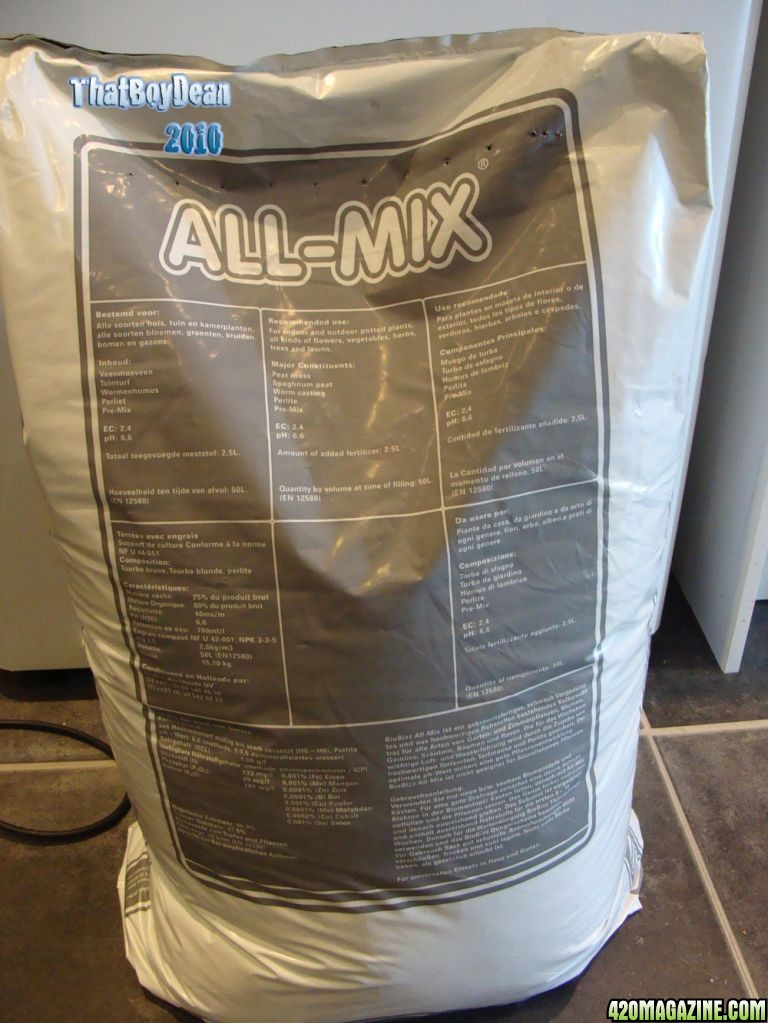
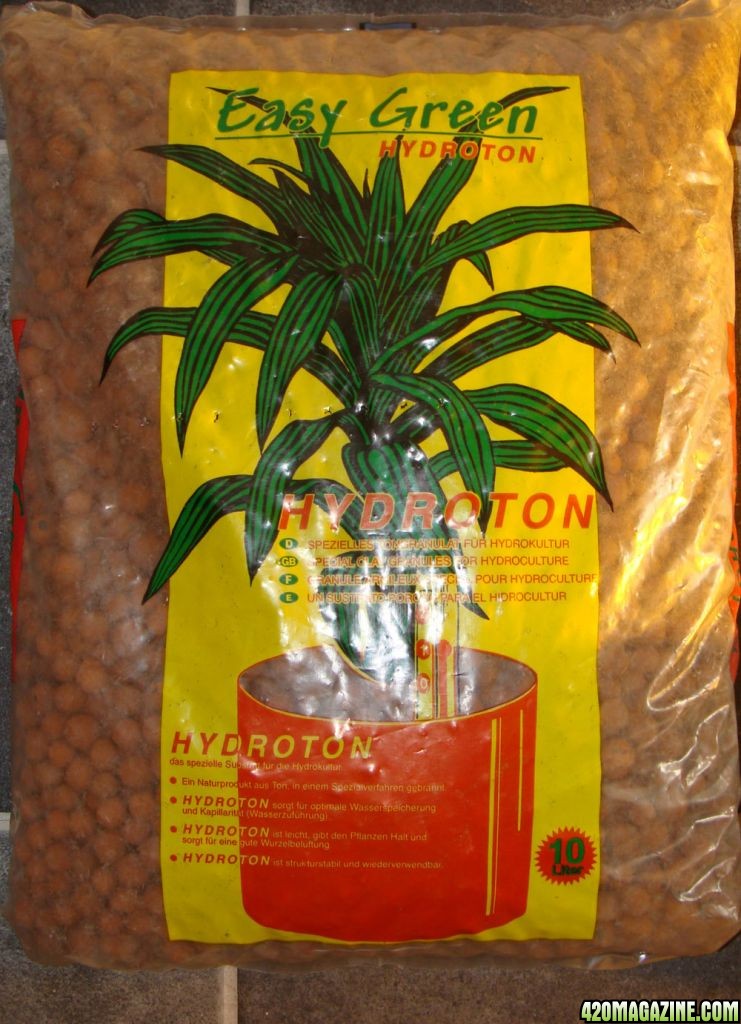
 Welcome brother, happy to have you join in, its better late than never as you've said already!
Welcome brother, happy to have you join in, its better late than never as you've said already!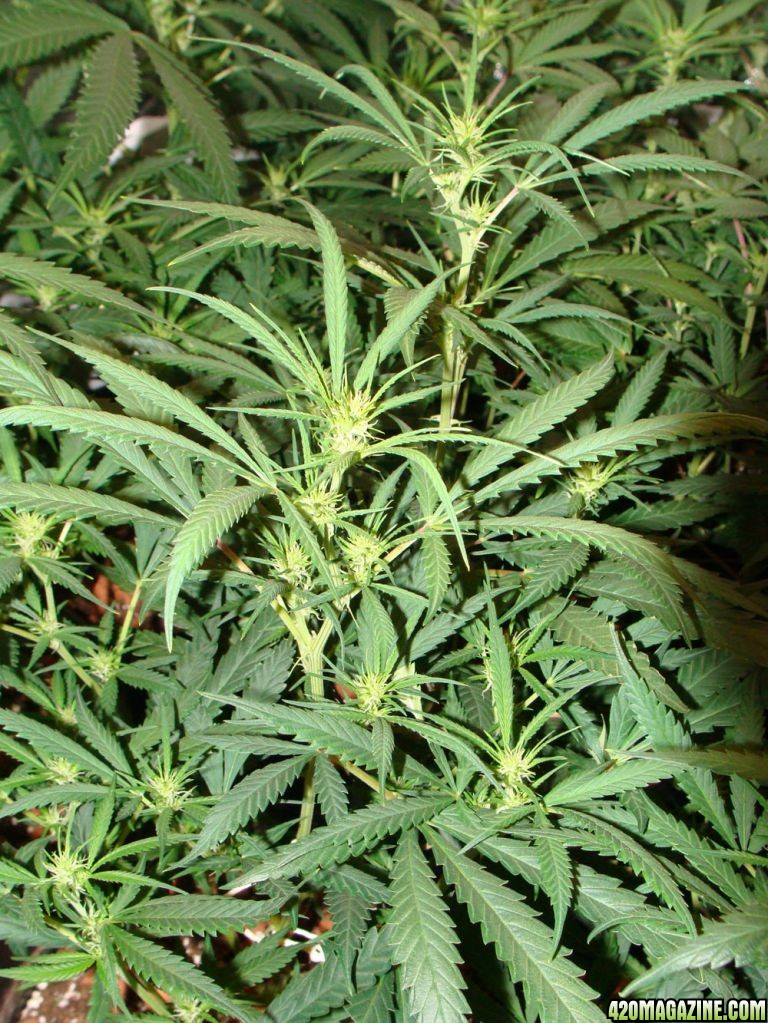
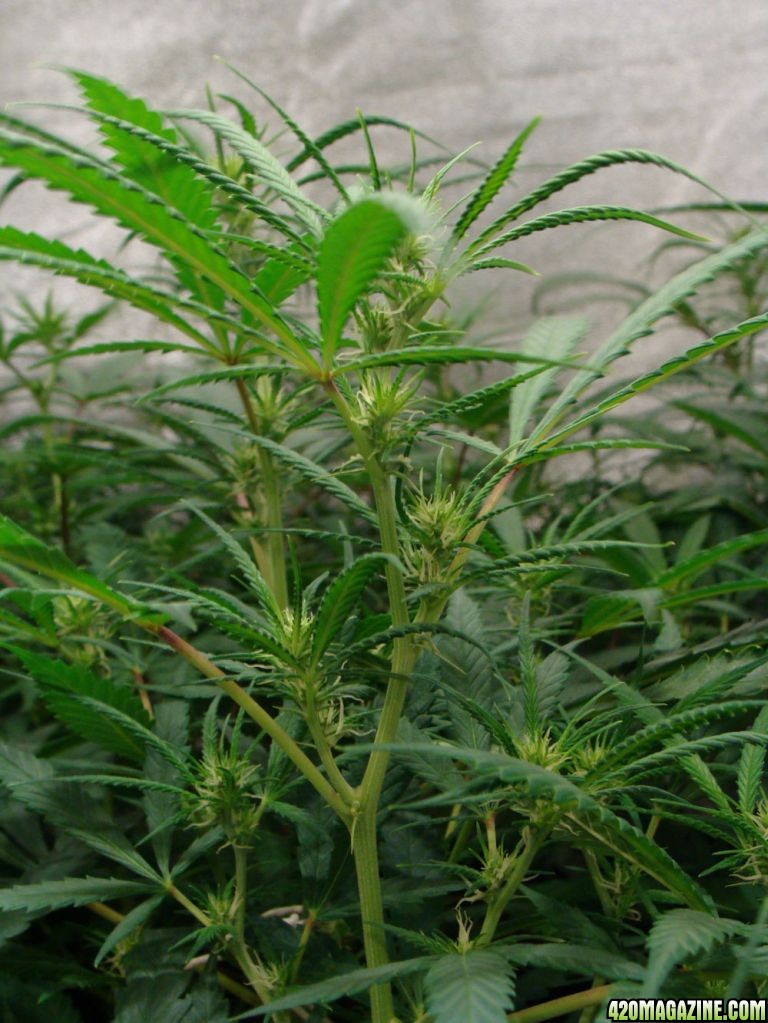

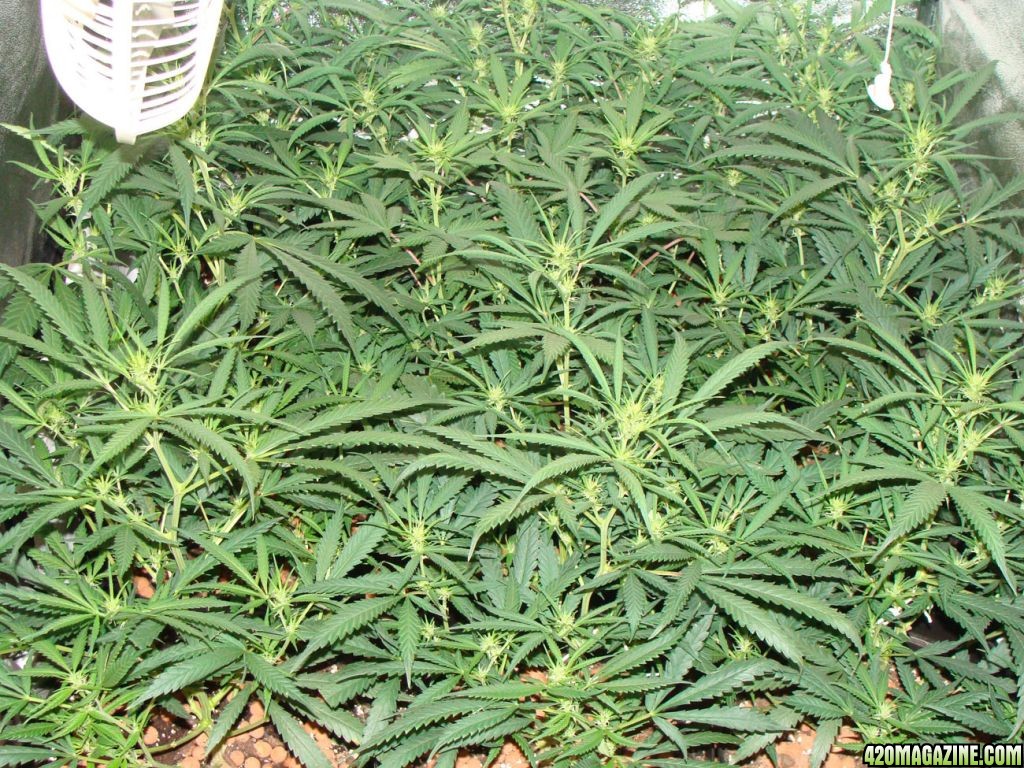
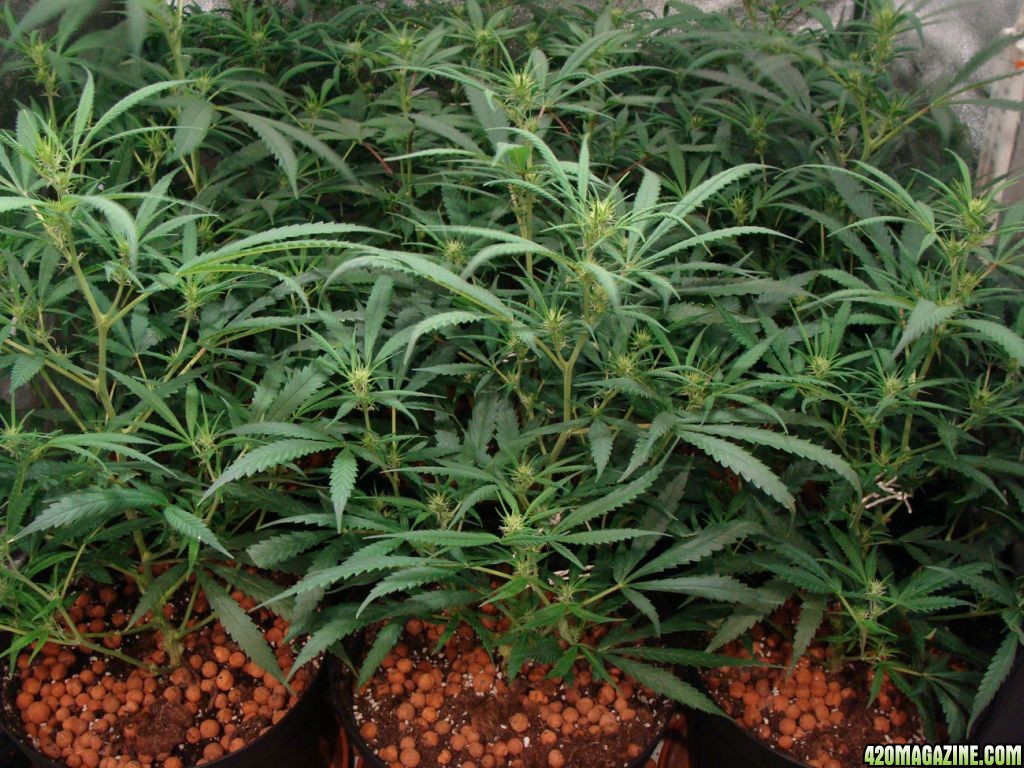
 BC
BC
 Dean !
Dean !
